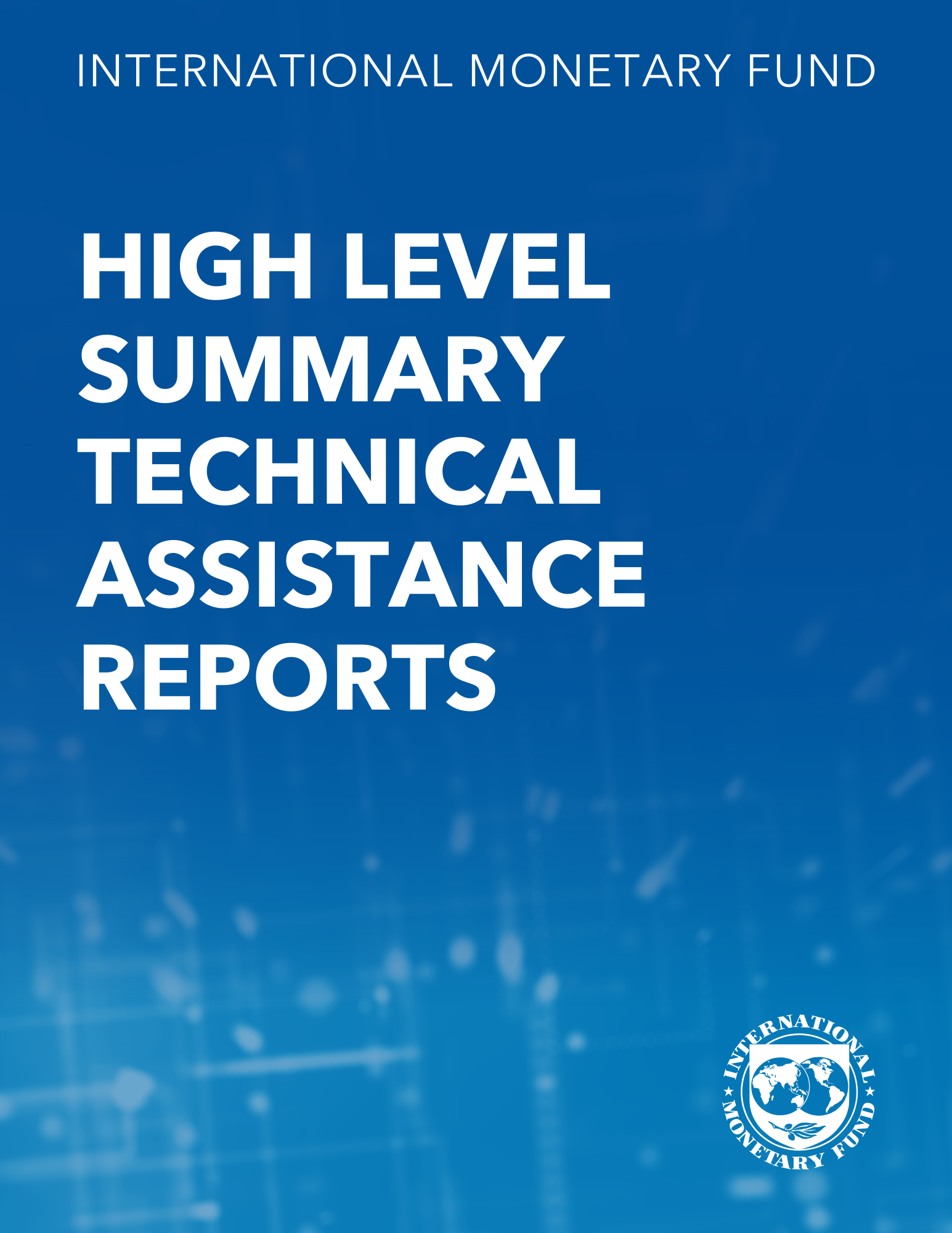The Effect of the ERMon Participating Economies
September 1, 1991
Disclaimer: This Working Paper should not be reported as representing the views of the IMF.The views expressed in this Working Paper are those of the author(s) and do not necessarily represent those of the IMF or IMF policy. Working Papers describe research in progress by the author(s) and are published to elicit comments and to further debate
Summary
The effect of membership of the ERM on macroeconomic performance is analyzed using vector autoregression techniques. The results indicate that while the ERM has had little effect on the nature of the shocks hitting the economies, it has had a significant effect on the response of member countries to these shocks. In addition, long-time members of the ERM have significantly more correlated shocks than other countries. These results conform to the thesis that the ERM represents a move by countries with relatively similar underlying shocks to coordinate macroeconomic policy.
Subject: Conventional peg, Economic theory, Exchange rate arrangements, Exchange rate flexibility, Floating exchange rates, Foreign exchange, Supply shocks
Keywords: Conventional peg, demand and supply shock, ERM correlation coefficients, ERM country, ERM member, Europe, exchange rate, Exchange rate arrangements, Exchange rate flexibility, Floating exchange rates, open economy, supply and demand demand shock, supply curve, Supply shocks, WP
Pages:
36
Volume:
1991
DOI:
Issue:
086
Series:
Working Paper No. 1991/086
Stock No:
WPIEA0861991
ISBN:
9781451953725
ISSN:
1018-5941
Notes
Also published in Staff Papers, Vol. 39, No. 2, June 1992.






